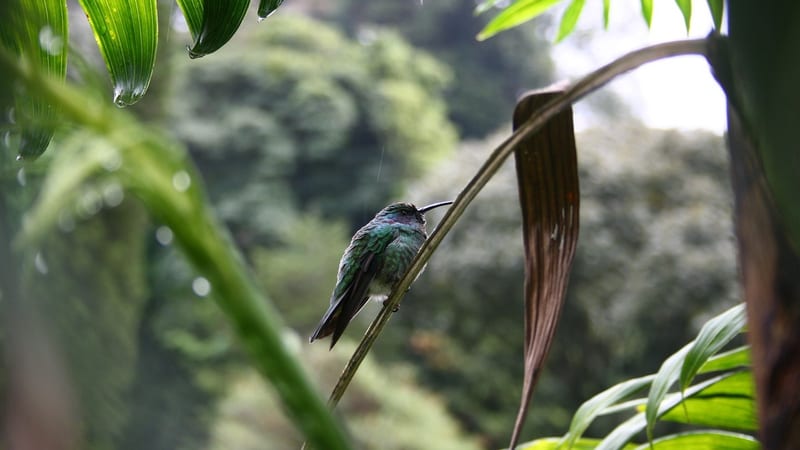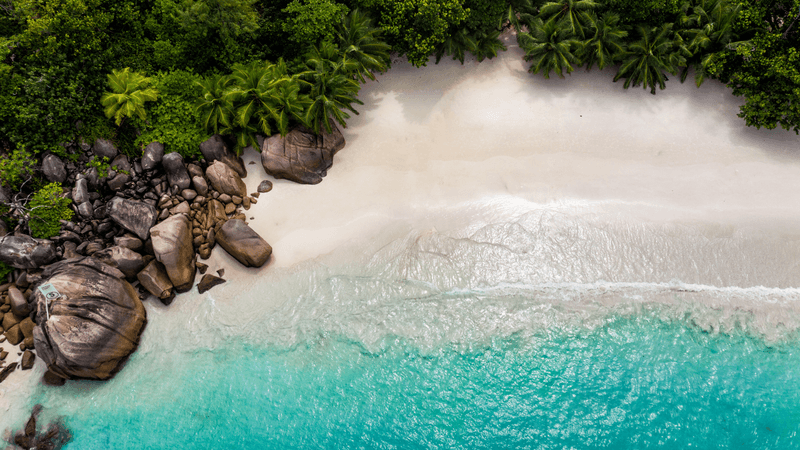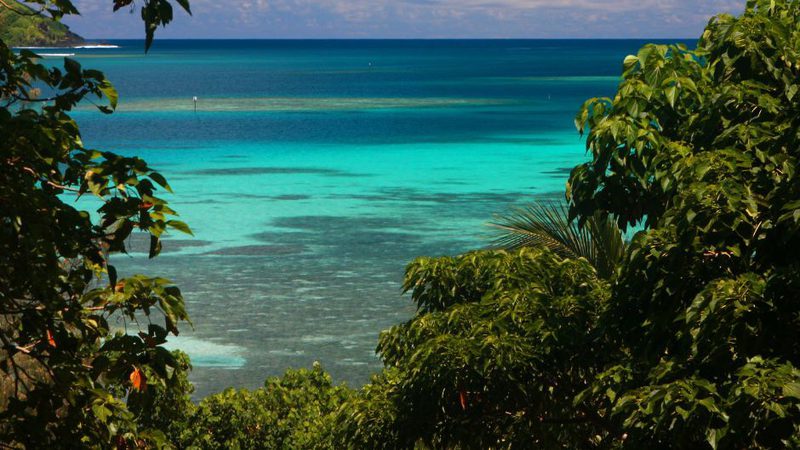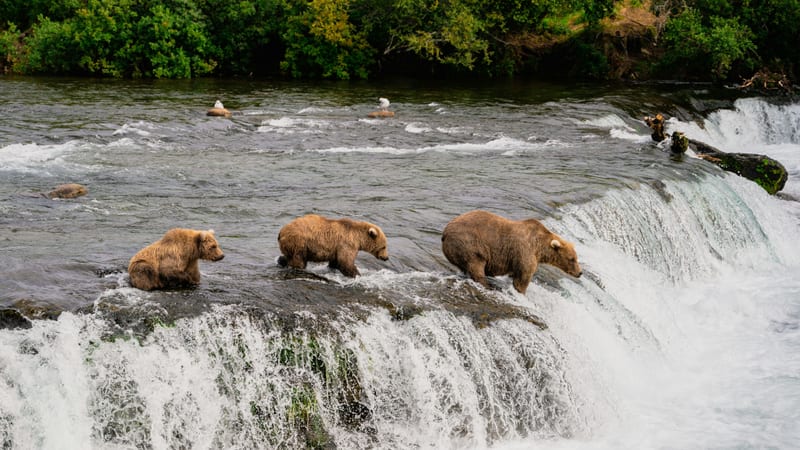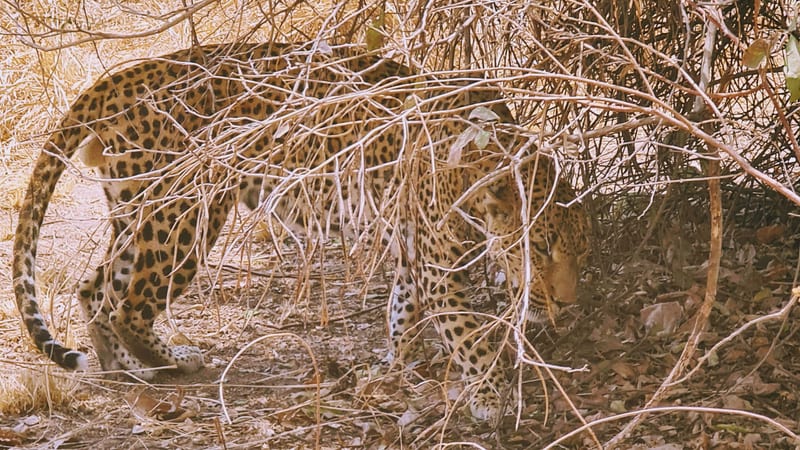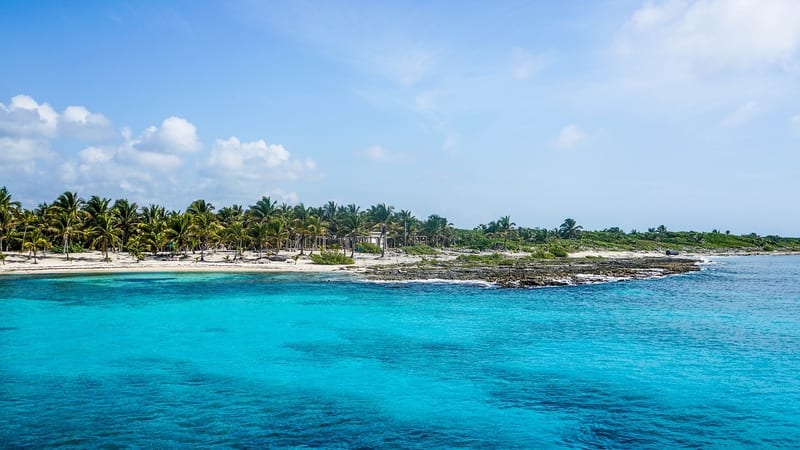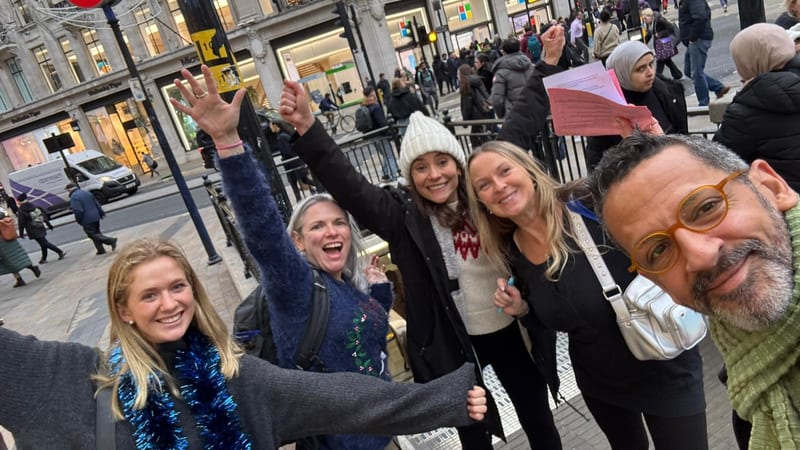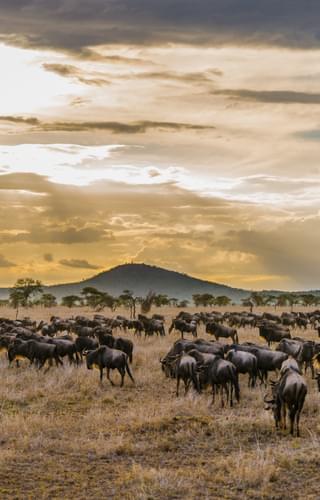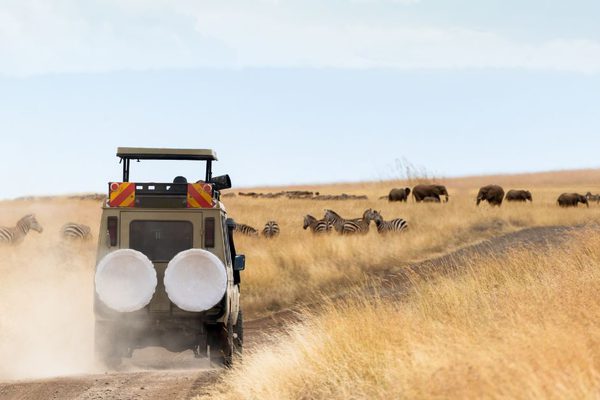Where to see the Wildebeest Migration in Tanzania
Wondering where the best places are to see the wildebeest migration in Tanzania? We’ve got you covered with a month-by-month guide, plus expert tips on where to stay.
The Wildebeest Migration is one of the greatest natural spectacles on Earth, and the largest overland migration of animals anywhere in the world. Over 1.5 million wildebeest, along with hundreds of thousands of zebra and gazelle, move in a continuous, circular route through the Serengeti in Tanzania and the Masai Mara in Kenya. Why? In simple terms: grass. This epic, instinctive journey is driven by rainfall, as the herds follow the promise of fresh grazing across the plains in a rhythm as old as time.
At any one moment, tens of thousands of animals might be thundering across open savannah, calving on fertile plains, or braving crocodile-filled rivers, and knowing where the herds are is key to seeing the migration at its best.
If you’re planning to visit the Serengeti or the Masai Mara, timing and location are everything. Below, we’ve outlined when and where the migration moves throughout the year, and which lodges are best placed to put you in the heart of the action...
December – February
This is the start of the migration cycle. During these months, wildebeest gather in huge numbers on the lush grasslands of the southern Serengeti and Ndutu region to give birth to their young. Calving season brings dramatic predator-prey interactions and is an incredible time for wildlife photography.
Recommended Tanzania lodges: Ndutu Lodge, Kusini Camp, Olakira South, Sayari South, and all Ngorongoro Crater lodges.
March – May
As grazing thins and the calves grow stronger, the herds begin their journey northward, moving through the central Serengeti (Seronera area) and into the northwest corridor. Here, the Grumeti River supports fresh grazing grounds, drawing large congregations of wildebeest and other grazers.
Recommended Tanzania lodges: Ndutu Lodge, Kusini Camp, and Central Serengeti camps including Olakira South, Sayari South, Serena Lodge, and Serengeti Safari Camp.
June – July
The herds head west into the Serengeti’s ‘Western Corridor’ near the Grumeti River, where they may face one of their toughest challenges - a river crossing with lurking crocodiles. From here, they turn north and move into the Lobo area, their final stop in Tanzania before crossing into Kenya.
Recommended Tanzania lodges: Singita Serengeti, Grumeti River Camp, Olakira Camp, Migration Camp, Klein’s Camp, Mbuzi Mawe Camp, Ikoma Bush Camp, Lemala Camp, Sayari Mara, Kensington Camp, and mobile camps in the northern Serengeti.
August – October
Now in Kenya’s Masai Mara, the herds feed on the rich grasses grown after the long rains. While the migrating animals are mostly in Kenya, Tanzania still offers excellent game viewing. Tarangire National Park becomes a dry-season haven for resident wildlife drawn to its permanent water sources.
Recommended Tanzania lodges: Migration Camp, Klein’s Camp, Mbuzi Mawe Camp, Lemala Camp, Sayari Mara, Kensington Camp, mobile camps in the northern Serengeti, and all Tarangire lodges.
Recommended Kenya lodges: Little Governors’ Camp, Kicheche Camp, Mara Bush Camp, Il Moran Camp, Cottar’s 1920s Camp, Kichwa Tembo, Bateleur Camp, Mara Serena, and all other Masai Mara camps.
November
The herds begin their journey south again, returning to Tanzania as the short rains rejuvenate the Serengeti. By late November or early December, they’re back on the southern plains, ready to calve — and the cycle begins anew.
Recommended Tanzania lodges: Ndutu Lodge and all Ngorongoro Crater lodges.
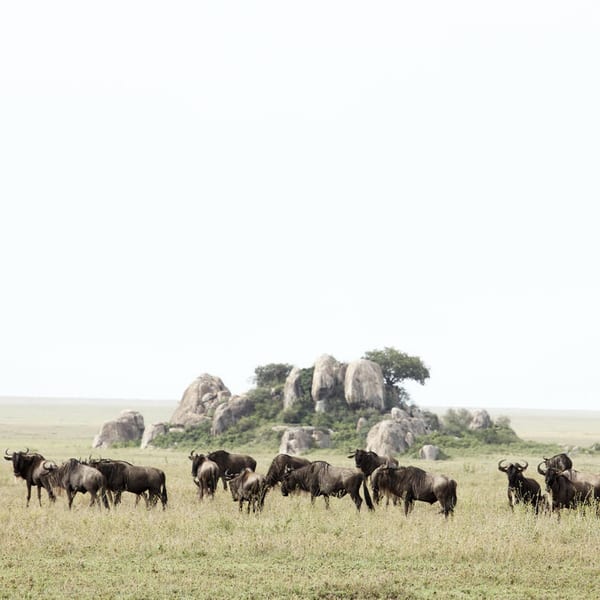
Luxury Serengeti Migration Safari
- Manyara
- Ngorongoro
- Serengeti
Get up close and personal with the great wildebeest migration and stay in comfortable tented camps in the remote and uncrowded wilderness.
Tanzania Trip Inspiration

Our Tanzania specialist Otti, says:
“The Great Migration is one of nature’s most awe-inspiring events, and seeing it in Tanzania is something you never forget. The sight of thousands of wildebeest and zebra moving in unison across the plains is pure wilderness theatre, raw, powerful, and deeply moving. It’s a reminder of how connected and alive this landscape truly is.”
Speak to a Tanzania expert today
and start planning your tailor-made vacation

Alistair

Ottilie
Best places to stay in Tanzania
Types of Tanzania vacations
FAQs About Your Tanzania Holiday
Planning a holiday to Tanzania? Our experts share advice on everything from what to pack, when to go, to tips for families, covering the questions we get asked the most.
When is the best time to see the Wildebeest Migration in Tanzania?
The migration is visible in Tanzania for most of the year. From December to March, the herds gather in the southern Serengeti for calving season. Between June and July, they move north towards the Grumeti River, and by August they’re heading into Kenya’s Masai Mara. Each stage offers a different but equally dramatic experience.
Where is the best place to stay to see the migration?
It depends on the season. For the calving herds, lodges in the Ndutu or southern Serengeti region are ideal. In June and July, the western corridor offers access to river crossings, while in August and September, northern Serengeti camps provide front-row views as the herds approach the Mara River.
Is it guaranteed that we’ll see the migration?
While no wildlife experience is ever guaranteed, the migration follows a fairly reliable pattern guided by rainfall and grazing conditions. Travelling at the right time of year to the right region of the Serengeti gives you an excellent chance of seeing the herds, as well as the predators that follow them.
How long should we spend in Tanzania to see the migration?
A minimum of four nights in the Serengeti is recommended, ideally in two different regions if time allows. This gives you the best chance of catching the movement of the herds and enjoying varied game viewing. Many travellers also combine the Serengeti with Ngorongoro Crater or Tarangire for a more rounded safari.
What is the calving season, and when does it happen?
Calving season takes place from late January to early March in the southern Serengeti. Around half a million wildebeest are born during this time, attracting predators such as lions, leopards, and hyenas. It’s one of the most dramatic and photogenic times to visit, offering incredible wildlife interactions against lush green backdrops.
Are the river crossings dangerous to witness?
They can be intense but unforgettable. Between June and September, wildebeest cross the Grumeti and Mara rivers in huge numbers, facing crocodiles and strong currents. Viewing from safe distances with an experienced guide ensures an exciting yet responsible encounter with this raw display of nature.
Can we combine the migration with other Tanzanian highlights?
Absolutely. The Serengeti combines beautifully with Ngorongoro Crater, Tarangire National Park, or a beach stay on Zanzibar. After the drama of the migration, many travellers enjoy a few days of relaxation by the Indian Ocean to balance their safari adventure.
What kind of accommodation is available during the migration?
There’s a wide range, from mobile camps that move with the herds to luxurious lodges with sweeping savannah views. Staying in a mobile camp offers an intimate experience close to the action, while permanent lodges provide additional comfort and facilities, often with private verandas for wildlife watching.




